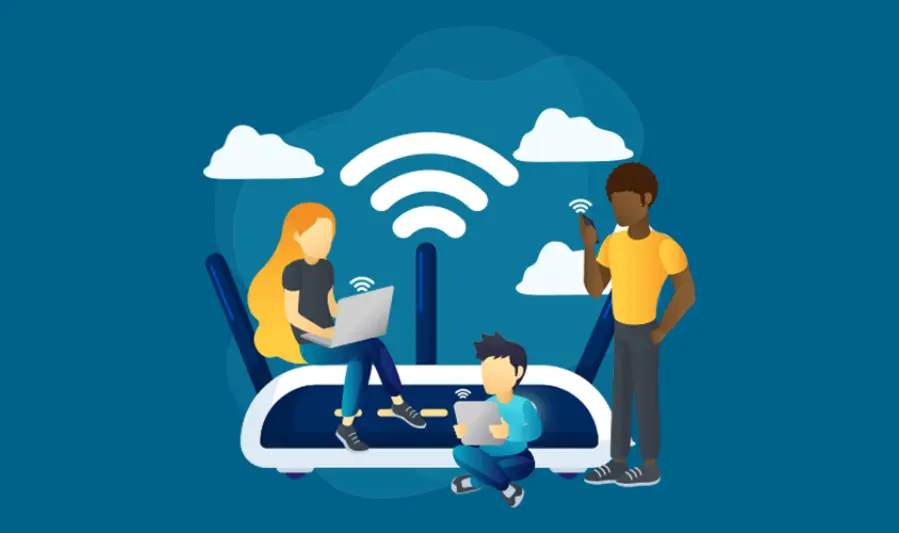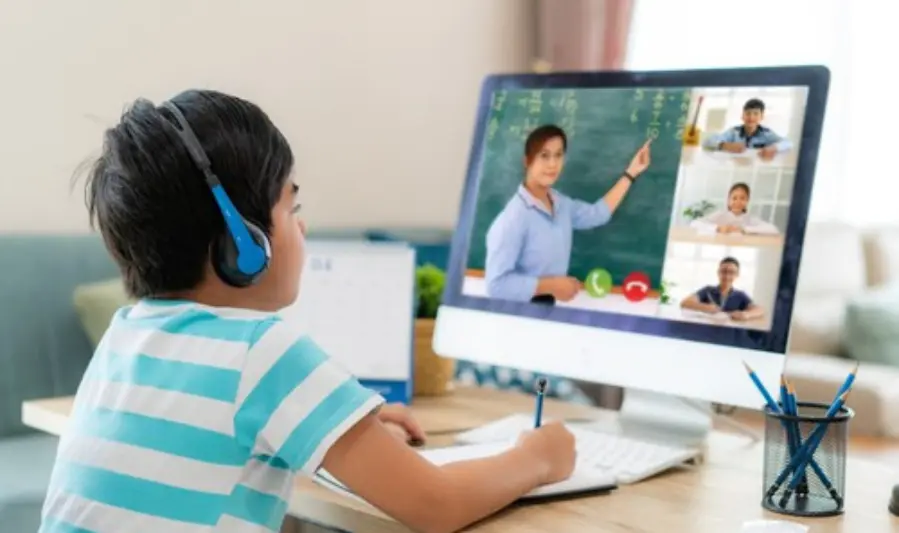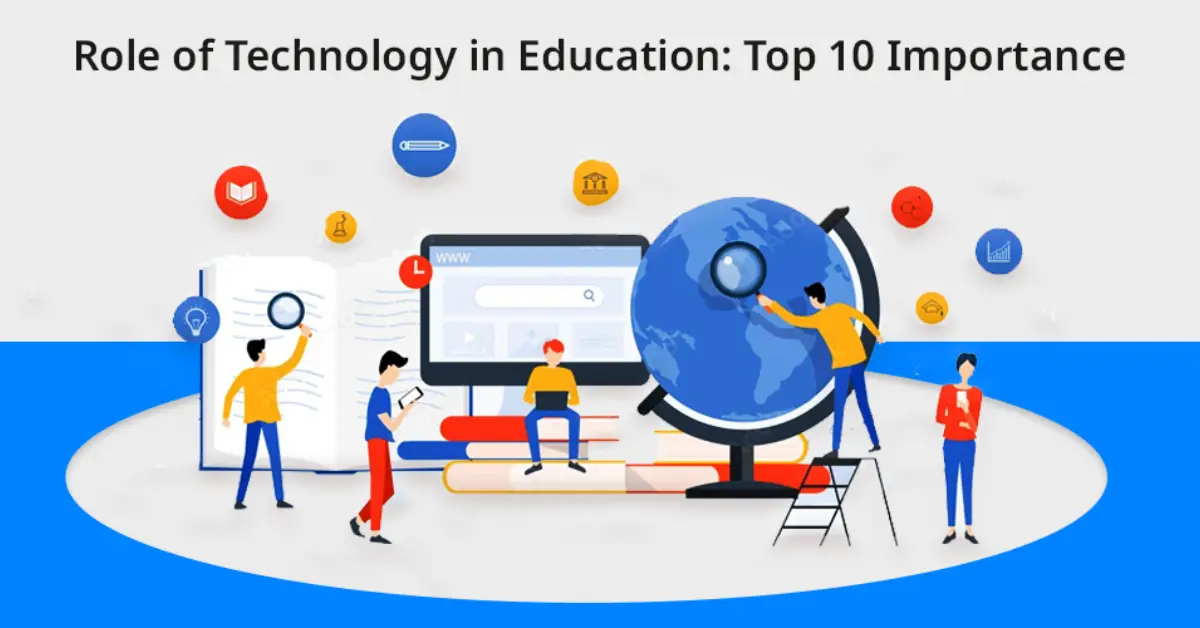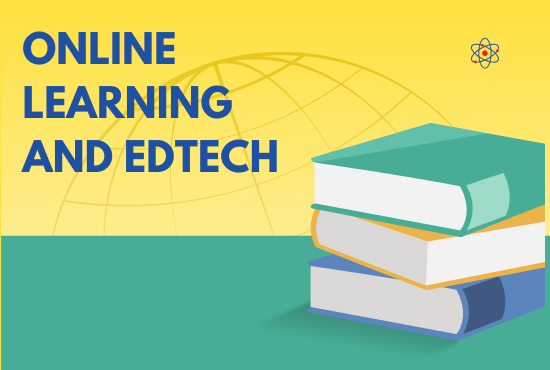Revolutionizing Education Through the Power of the Internet
Updated: 21 Oct 2025
Introduction
Challenges of Traditional Education
Accessibility and Inclusivity Issues
Traditional education systems often struggle with limited accessibility, making it difficult for many learners to participate fully due to geographic, economic, or social barriers.
Rigid Curricula and Teaching Methods
Many schools follow a fixed curriculum and standardized teaching methods that may not cater to individual learning styles or the needs of diverse student populations.
The Internet’s Impact on Education

Breaking Down Barriers
The internet enables access to a vast array of learning materials and virtual classrooms, allowing education to reach students regardless of location or time constraints.
Personalized and Flexible Learning
Digital tools and online platforms provide opportunities for learners to customize their education, moving beyond the one-size-fits-all model.
Importance of Discussing the Educational Revolution
Understanding Opportunities and Challenges
As education evolves with technology, it’s vital to analyze both the benefits and potential drawbacks to maximize positive outcomes.
Shaping the Future of Learning
Exploring this transformation helps educators, policymakers, and learners adapt and contribute to a more effective and inclusive education system.
Breaking Down Geographical Barriers
Challenges of Access to Education in Remote and Rural Areas
Limited Infrastructure and Resources
Many remote and rural areas suffer from inadequate educational infrastructure, including a shortage of qualified teachers, insufficient learning materials, and lack of physical schools.
Geographic Isolation
Distance and difficult terrain can make it challenging for students to attend school regularly, leading to higher dropout rates and lower educational attainment.
Role of the Internet in Connecting Students Globally
Expanding Access Through Online Platforms
The internet enables students from isolated regions to join virtual classrooms, access digital libraries, and participate in interactive learning experiences otherwise unavailable locally.
Facilitating Cross-Cultural Exchange
Online education connects learners from different countries and backgrounds, fostering global awareness and collaboration.
Examples of Virtual Classrooms and Global Education Initiatives
Massive Open Online Courses (MOOCs)
Platforms like Coursera, edX, and Khan Academy offer free or affordable courses from top universities to anyone with an internet connection.
UNESCO’s Global Education Initiatives
Programs aimed at improving digital literacy and providing educational content worldwide support access to quality education in underserved regions.
Impact on Underserved and Marginalized Communities

Reducing Educational Inequality
Internet-based education helps bridge the gap for marginalized groups by offering learning opportunities tailored to diverse needs.
Empowering Communities
Access to knowledge and skills through digital means fosters empowerment, economic development, and social inclusion.
Expanding Access to Educational Resources
Shift from Textbooks to Digital Resources
Traditional Textbooks vs. Digital Content
Education has traditionally relied heavily on physical textbooks, which can be costly, quickly outdated, and difficult to distribute widely.
Emergence of Digital Alternatives
Digital resources such as e-books, online articles, and educational websites provide more up-to-date, interactive, and easily accessible learning materials.
Overview of Popular Online Educational Platforms
Khan Academy
Offers free, high-quality lessons and exercises covering a wide range of subjects for students of all ages.
Coursera and edX
Provide access to university-level courses and professional certifications, often in partnership with leading global institutions.
Other Platforms
Resources like Duolingo for language learning, TED-Ed for engaging educational videos, and Quizlet for interactive study tools also contribute to diverse learning options.
Benefits of Multimedia Learning
Enhanced Engagement and Understanding
Videos, podcasts, and interactive ebooks cater to multiple senses, making it easier for learners to grasp complex concepts.
Flexibility in Learning
Multimedia resources can be accessed anytime and anywhere, supporting self-paced learning that fits individual schedules.
Accessibility for Different Learning Styles and Needs
Catering to Visual, Auditory, and Kinesthetic Learners
Multimedia content accommodates various learning preferences, helping more students stay motivated and retain information.
Support for Special Educational Needs
Digital tools often include features like subtitles, audio descriptions, and adjustable text sizes, making education more inclusive.
Enhancing Student Engagement with Interactive Learning
Explanation of Interactive Learning Tools
Quizzes and Assessments
Online quizzes provide immediate feedback, allowing students to assess their understanding in real-time and reinforce learning.
Simulations and Virtual Labs
Virtual labs and simulations enable hands-on practice in subjects like science and engineering, offering safe and cost-effective experimentation environments.
Virtual Reality (VR) Labs
VR creates immersive learning experiences, allowing students to explore environments and concepts that would be otherwise inaccessible, such as historical sites or microscopic worlds.
Use of Gamification and Its Effects on Motivation
Elements of Gamification
Incorporating game mechanics—such as points, badges, leaderboards, and challenges—makes learning more engaging and fun.
Boosting Student Motivation and Retention
Gamified learning encourages active participation, persistence, and healthy competition, leading to improved motivation and better knowledge retention.
Role of AI and Adaptive Learning Technologies
Personalized Learning Paths
AI-powered platforms analyze student performance and adapt content difficulty, pacing, and style to individual needs.
Intelligent Tutoring Systems
AI can provide real-time hints, explanations, and personalized feedback, mimicking one-on-one tutoring experiences.
Teacher Tools for Personalized Instruction and Feedback
Data-Driven Insights
Teachers can use analytics dashboards to track student progress, identify learning gaps, and tailor instruction accordingly.
Facilitating Timely Feedback
Interactive platforms enable educators to provide prompt, targeted feedback, enhancing student learning and engagement.
Supporting Lifelong Learning and Skill Development
Education Beyond Schools and Universities
The Shift Toward Continuous Learning
Education is no longer confined to formal institutions; individuals increasingly seek learning opportunities throughout their lives to stay relevant and grow personally and professionally.
Flexible Learning Options
Online courses and resources allow learners to fit education around work, family, and other commitments.
Online Certifications and Micro-Credentials
Accessible Professional Qualifications
Platforms like Coursera, edX, and LinkedIn Learning offer certifications and micro-credentials that validate skills without the time and expense of traditional degrees.
Industry Recognition
Many employers now recognize these credentials, making them valuable for career advancement and job transitions.
Learning for Professional Development and Hobbyists
Upskilling and Reskilling
Working professionals use online learning to update skills or pivot careers in fast-changing job markets.
Personal Enrichment
Hobbyists explore subjects ranging from cooking to coding, art to languages, driven by curiosity and self-improvement.
Stories of Individuals Who Changed Careers Through Online Learning
Career Transitions Made Possible
Numerous success stories highlight how people from diverse backgrounds have leveraged online education to enter new fields, such as tech, design, and entrepreneurship.
Inspiration and Empowerment
These narratives demonstrate the power of accessible education in transforming lives and breaking down traditional barriers.
Facilitating Collaboration and Communication
Use of Video Conferencing in Education
Popular Platforms: Zoom and Google Meet
These tools enable real-time virtual classrooms, allowing students and teachers to interact face-to-face despite physical distances.
Enhancing Classroom Interaction
Video conferencing supports live discussions, group work, and immediate feedback, replicating many aspects of in-person learning.
Online Forums, Discussion Boards, and Peer-to-Peer Learning
Building Learning Communities
Discussion boards provide a space for students to ask questions, share resources, and engage in academic dialogue outside of scheduled classes.
Encouraging Peer Support
Peer-to-peer learning fosters collaboration, deeper understanding, and the development of communication skills.
Global Student Projects and Cultural Exchange Opportunities
Cross-Border Collaboration
Internet connectivity allows students from different countries to work together on projects, promoting teamwork and global awareness.
Cultural Exchange and Diversity
Such projects expose learners to diverse perspectives, enhancing empathy and intercultural competence.
Role of Social Media in Academic Networking and Support Groups
Connecting Students and Educators
Platforms like LinkedIn, Facebook, and specialized academic networks help build professional relationships and share knowledge.
Emotional and Academic Support
Online support groups provide spaces for students to discuss challenges, exchange study tips, and find encouragement.
you may also like to read these posts:
Phát triển kỹ năng nghề thủ công
Mundo ng Bukas: Ang Papel ng Inobasyon sa Pag-unlad
Powerful & Compact: Best Portable Mini PCs for
Paghahanda para sa Pagsusulit: Gabay at Tips
Challenges of Internet-Based Education
The Digital Divide and Unequal Access to Technology
Inequities in Internet Connectivity
Many learners, especially in low-income or rural areas, lack reliable internet access or appropriate devices, limiting their ability to benefit from online education.
Economic Barriers
The cost of computers, tablets, and data plans can be prohibitive for disadvantaged families, exacerbating educational inequalities.
Issues of Misinformation and Quality Control
Proliferation of Unverified Content
The internet hosts vast amounts of educational material, but not all of it is accurate or credible, which can mislead learners.
Lack of Standardization
Without consistent quality control, students may struggle to identify trustworthy sources and accredited courses.
Screen Time Concerns and Mental Health
Impact on Physical and Mental Well-Being
Excessive screen time has been linked to eye strain, sleep disturbances, and increased anxiety or depression, particularly among young learners.
Balancing Online and Offline Learning
Finding the right balance between digital engagement and offline activities is critical for holistic development.
Privacy and Cybersecurity Risks
Data Protection Challenges
Online platforms collect personal information, raising concerns about data privacy and misuse.
Vulnerability to Cyber Threats
Students and educators may face risks such as hacking, phishing, and exposure to inappropriate content without adequate safeguards.
The Future of Internet-Driven Education
Emerging Technologies Shaping Learning
Augmented Reality (AR) and Virtual Reality (VR)
These immersive technologies will offer hands-on, experiential learning by simulating real-world environments and complex concepts in engaging ways.
AI Tutors and Intelligent Systems
Artificial intelligence will provide personalized tutoring, adapting to learners’ needs, pacing, and learning styles to optimize outcomes.
Potential for Hybrid Models Combining Online and In-Person Learning
Blended Learning Approaches
Hybrid models integrate the flexibility of online education with the social interaction and support of traditional classrooms, offering the best of both worlds.
Increased Accessibility and Engagement
Such models can cater to diverse learner needs, making education more inclusive and effective.
Policy Recommendations for Inclusive Digital Education
Expanding Infrastructure and Access
Governments and stakeholders must invest in broadband connectivity, affordable devices, and digital literacy programs to bridge the digital divide.
Ensuring Quality and Accountability
Establishing standards for online content, platform security, and educator training will help maintain educational quality.
Vision for Global Education Equity Through the Internet
Democratizing Knowledge
The internet has the potential to provide equitable access to high-quality education worldwide, breaking down geographical and socio-economic barriers.
Empowering Communities and Individuals
By fostering lifelong learning and skill development, internet-driven education can contribute to economic growth, social mobility, and a more informed global citizenry.
Faqs:
How has the internet changed traditional education methods?
The internet has introduced online learning platforms, virtual classrooms, and interactive resources, allowing students to learn anytime and anywhere, moving beyond the limitations of traditional face-to-face education.
What are some popular online platforms for education?
Some widely used platforms include Khan Academy, Coursera, edX, Udemy, and Duolingo. These platforms offer courses, tutorials, and resources covering various subjects and skill levels.
Can online education replace traditional schooling entirely?
While online education offers flexibility and access, it complements rather than fully replaces traditional schooling. Hybrid models that combine in-person and online learning are seen as the future to balance engagement and accessibility.
What challenges do students face with internet-based education?
Challenges include lack of reliable internet access (digital divide), distractions, screen fatigue, and difficulty in verifying the credibility of online information.
How can students make the most out of internet-based learning?
Students should create a dedicated study schedule, choose credible platforms, actively participate in online discussions, and seek help when needed to stay motivated and engaged.
Conclusion
The internet has undeniably transformed education, breaking down barriers and opening up a world of opportunities for learners everywhere. From expanding access to quality resources to enabling interactive and personalized learning experiences, it has reshaped how knowledge is shared and acquired. While challenges like the digital divide and information overload remain, ongoing advancements and thoughtful policies can help overcome these obstacles. As we continue to embrace the power of the internet, education becomes more inclusive, flexible, and empowering—paving the way for a brighter, more connected future for learners of all ages.




